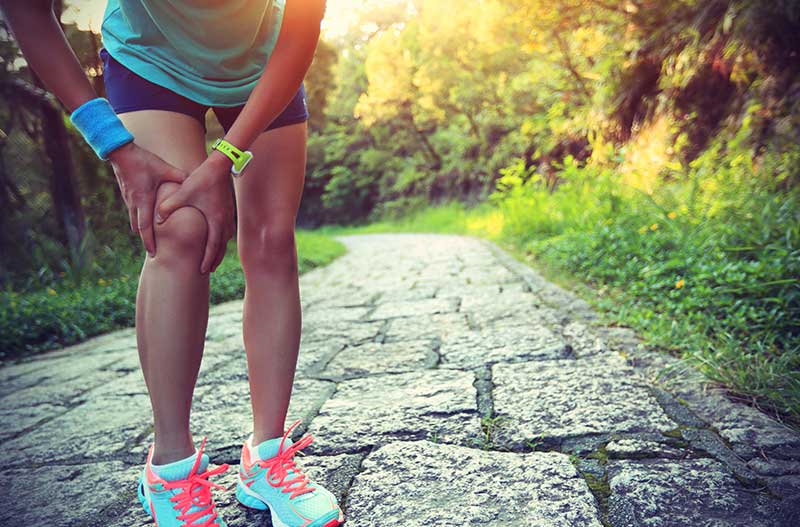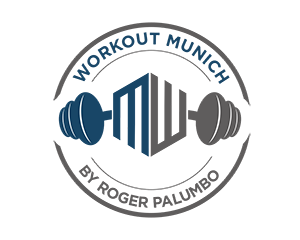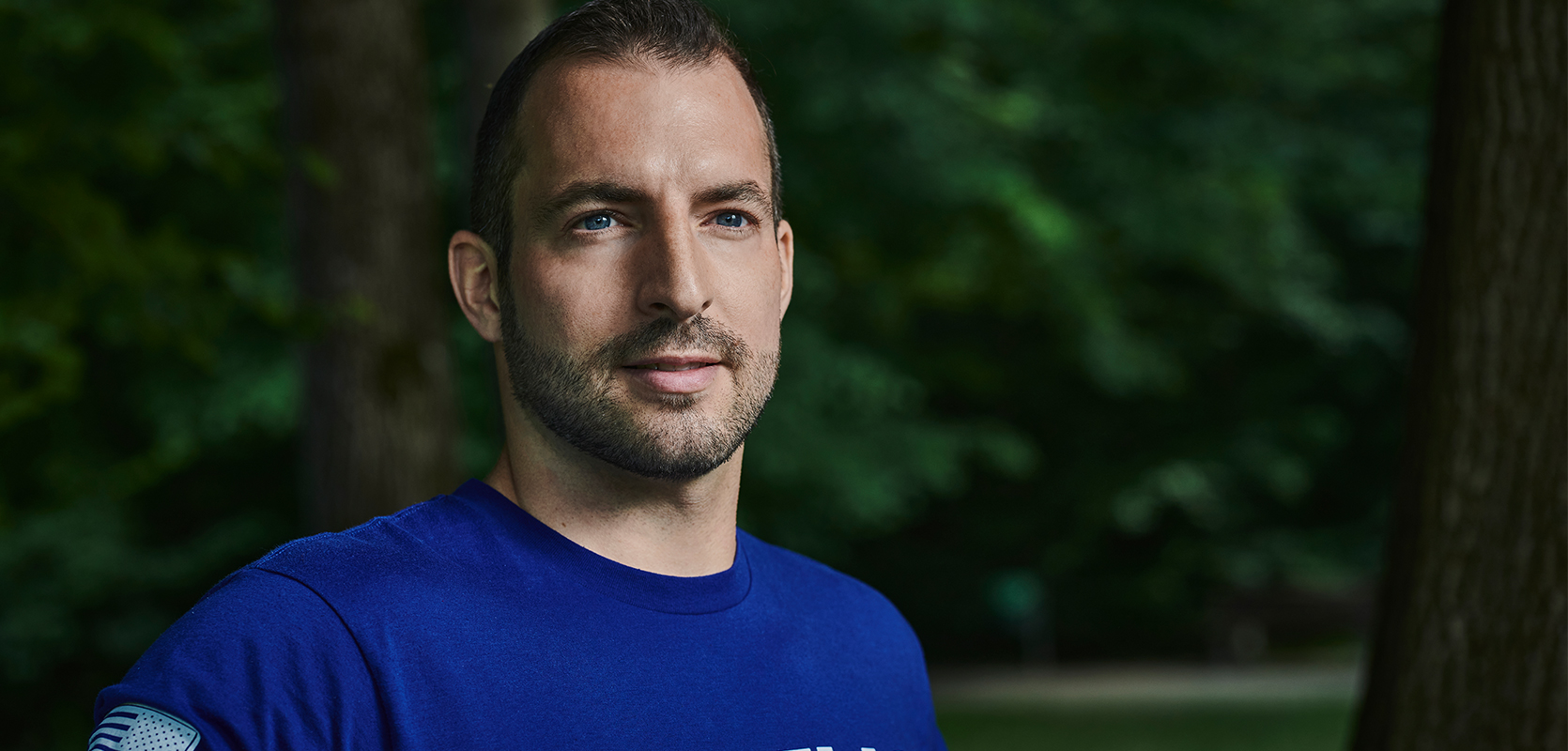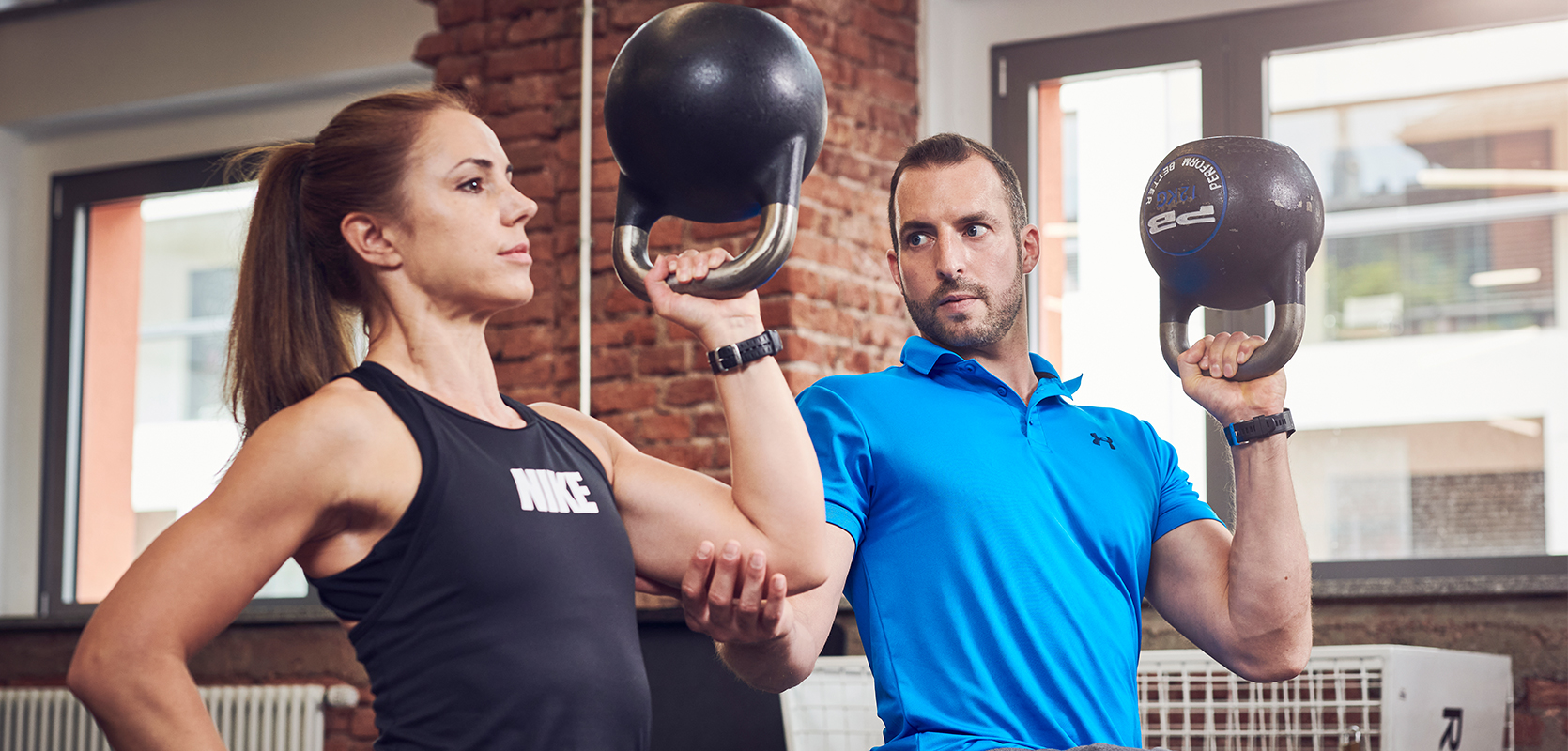Pain relief
How can your training help with pain and prevent injury?
Many of my clients come to me with pain. My job is to find out the cause of the pain and develop a training programme that helps them to become pain-free again. I often succeed.
Pain (apart from injuries) is often caused by too little movement. This leads to a decrease in range of motion and the body says: anything beyond that is danger for me and therefore pain.

My strategy is then: create the greatest possible mobility, improve the quality of movement, optimise movement patterns, build up the necessary stability through adequate strength training. This means concretely
– the activation of the buttocks
– reducing the toning (i.e. tension) of certain muscle groups
– compensating for harmful positions by strengthening muscles
– to correct muscular imbalances and unfavourable movement patterns
– to recognise and improve insufficient control of the respective musculature
to make knees pain-free, to create mobility, to relieve the spine and the buttocks – such detective and development work is great fun for me. My work is linked to the work of physiotherapy. When a part of the body needs to be able to perform again, that’s when my job and my fun begin 😊.
As you can see, it’s a lot of work. But you can trust me, with my many years of experience as a personal trainer, combined with numerous further education courses in the field of pain relief and mobilisation, the chances are good that you will soon feel better. I can’t and won’t promise you a cure, but you can see what my clients have to say about pain relief.
Ihr seht schon: Das ist eine Menge Arbeit. Aber ihr könnt mir vertrauen, mit meiner langjährigen Erfahrung als Personal Trainer, verbunden mit zahlreichen Weiterbildungen im Bereich Schmerzlinderung und Mobilisierung stehen die Chancen gut, dass es euch bald besser gehen wird. Ich darf und möchte euch kein Heilungsversprechen geben, aber ihr könnt euch anschauen, was meine Kund*innen zum Thema Schmerzlinderung sagen.



